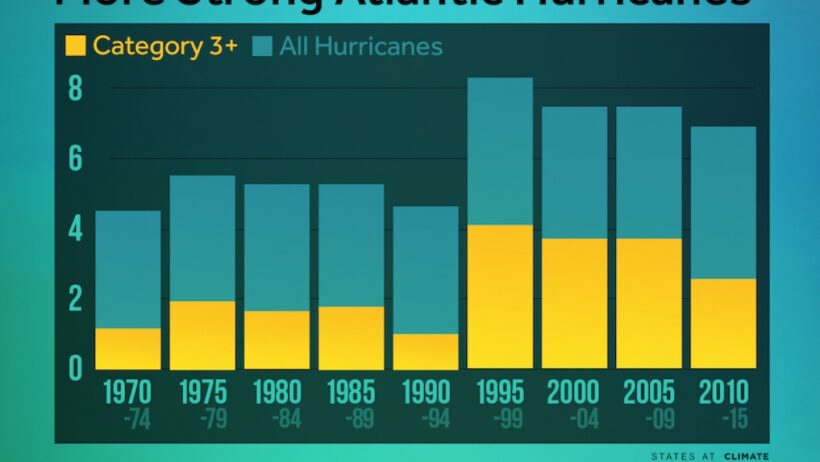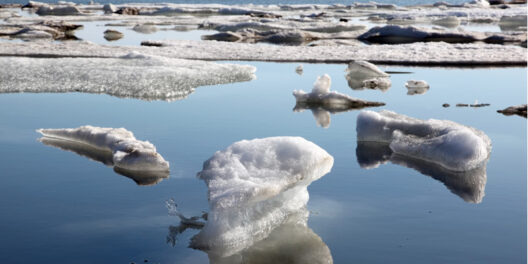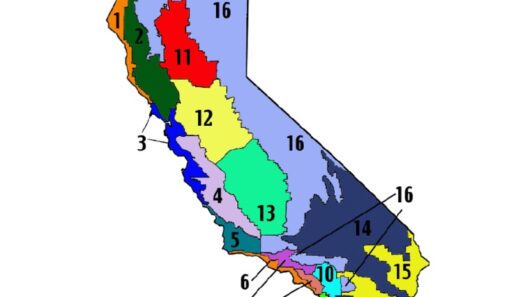As the sun sizzles and the ocean swells, the tempestuous dance of nature unfolds with both fury and grace. Hurricanes, those colossal whirlwinds of destruction, embody the elegance of a tornado twirling across the countryside whilst simultaneously wreaking havoc. Over the past few decades, a palpable anxiety has infiltrated scientific discourse: are hurricanes now entwined with the specter of climate change? This article endeavors to explore the intricate tapestry of this phenomenon, weaving through the perspectives of experts who illuminate this complex relationship.
First, it is crucial to acknowledge the foundational principles behind hurricane formation. These formidable storms arise from an amalgamation of warm ocean waters, atmospheric moisture, and capable wind patterns. As temperatures ascend, the ocean becomes a veritable cauldron, providing the energy requisite for these behemoths to thrive. Yet, as human-induced climate change relentlessly alters our planet’s climatic equilibrium, the question looms large—are we witnessing a new era of hurricanes that are fundamentally different?
The scientific community has embarked on an extensive research journey into this correlation, with findings that ignite fervent debate. Some experts posit that climate change exacerbates hurricane intensity rather than frequency. Dr. Kerry Emanuel, a leading atmospheric scientist, postulates that warmer sea surface temperatures directly influence hurricane strength. Higher temperatures permit storms to draw more moisture from the ocean, thereby escalating their potential for destructive rainfall and wind. Imagine a sponge saturated beyond its threshold; storms become increasingly capable of unleashing cataclysmic deluges.
However, the notion that climate change directly correlates with an increase in hurricane frequency is far more contentious. Many climate scientists assert that while overall hurricane occurrences may remain steady, the storms that do form are likely to be significantly more fierce. This leads to a crucial distinction: it is not merely the quantity of storms we must grapple with but rather the qualitative transformations occurring within them. A powerful hurricane today may bear little resemblance to those of yesteryears, as they evolve against a backdrop of rising sea temperatures and shifting atmospheric conditions.
Furthermore, researchers like Dr. Michael Mann elucidate the multifaceted interactions between climate change and hurricane behavior. He notes that the overarching climatic shifts, such as greater ocean heat content and altered wind patterns, provide fertile ground for the development of potent storms. The cyclical nature of these changes corresponds with the broader backdrop of global warming, interconnected like the gears of a finely-tuned clock that has begun to run amok. In essence, while the primary forces behind hurricane genesis may remain unchanged, the environment that fosters their growth has undeniably been warped by anthropogenic influences.
Climate change, therefore, acts as a catalyst that ignites existing conditions, intensifying the wrath of hurricanes. The historical record bolsters this notion. Analysis of cyclone patterns in the Atlantic reveals a disconcerting trend: an increased frequency of Category 4 and 5 storms over the past several decades. Dr. Emanuel indicates that the energy available for hurricane development has surged, an ominous reflection of a warming world poised at the precipice of climate chaos. The metaphor of Pandora’s box comes to mind; once opened, the unleashed potential for devastation is nearly unfathomable.
Critics of the climate change-hurricane nexus posits that natural variability accounts for fluctuations in hurricane activity. Indeed, the Atlantic Multi-decadal Oscillation (AMO) and other climatic oscillations introduce variability, casting a long shadow over any definitive conclusions drawn. Historically, hurricane seasons have ebbed and flowed in a rhythmic pattern shaped by these oscillations, leading some to view contemporary storms as extensions of this natural variability. However, dismissing climate change’s role purely as a variable in this equation overlooks the impact of unprecedented human-induced shifts on global environmental processes.
Moreover, the socio-economic dimension of hurricanes cannot be overlooked. As coastal populations swell and urban infrastructure entwines in harmony and discord, the consequences of intensified hurricanes become tragically magnified. Hurricane Harvey and Hurricane Maria serve as harrowing reminders of how vulnerable communities, often marred by socioeconomic inequities, bear the brunt of catastrophic storms. In such a context, the effects of climate change are not just environmental; they ripple through the fabric of society, exacerbating inequality and vulnerability.
In examining mitigation strategies, it becomes evident that embracing environmental stewardship is imperative. Transitioning to renewable energy sources, enhancing climate resilience through sustainable infrastructure, and advocating for stricter carbon emissions could stem the tide of climate change, thereby mitigating the ferocity of future hurricanes. Just as a lighthouse guides lost ships amidst a tempest, these proactive measures illuminate a path toward sustainable coexistence with our climate.
In summation, the relationship between hurricanes and climate change is neither linear nor singular but a rich tapestry of scientific elucidation and societal implications. While climate change may not be the sole architect of hurricane storms, it undeniably intensifies their potential, painting a disquieting portrait of a future where such storms are not only inevitable but likely to wreak far greater devastation. As the climate continues to evolve and shift beneath our feet, it is imperative to navigate this uncertain terrain with informed awareness and fearless resolve. Only then can humanity weather the storms that loom on the horizon.






